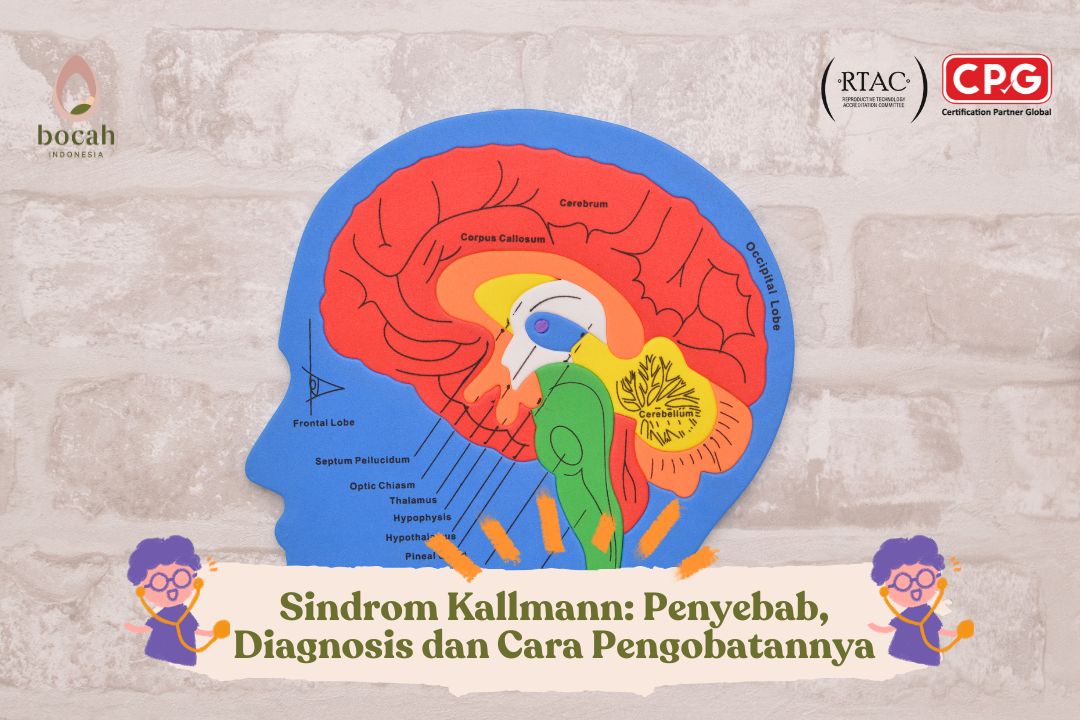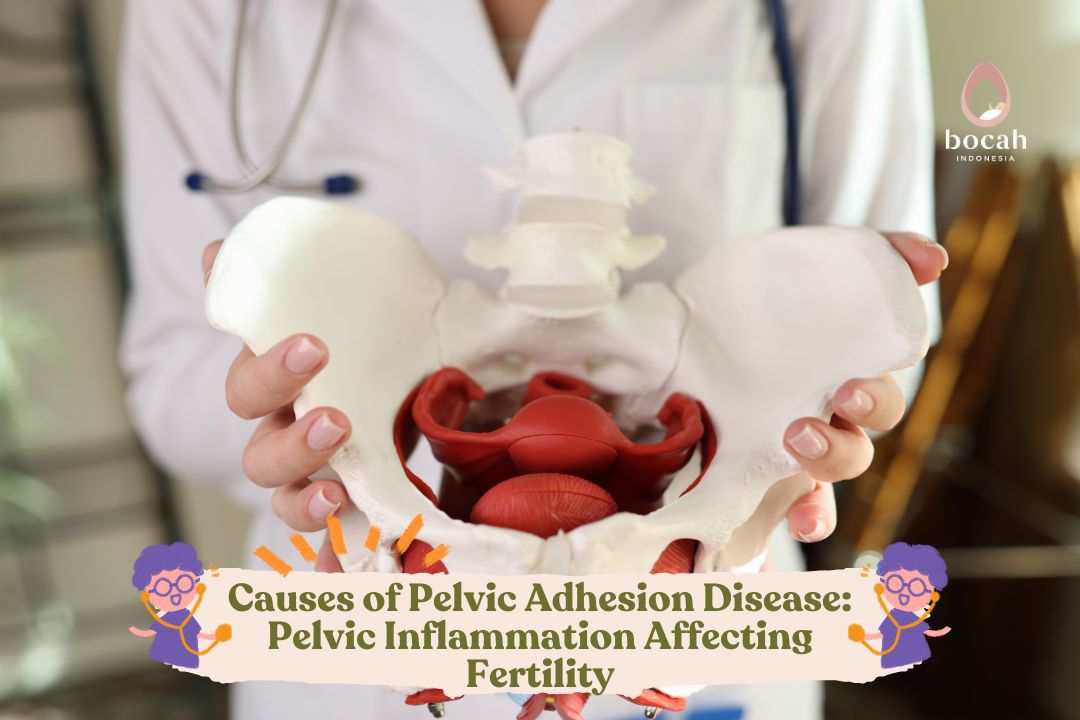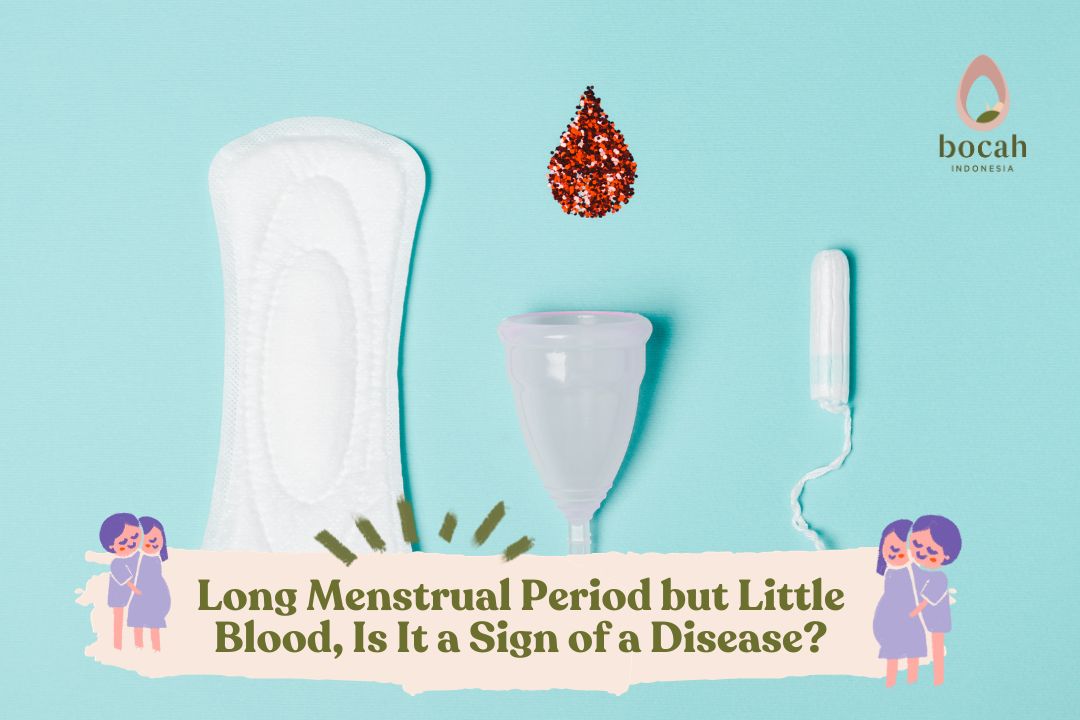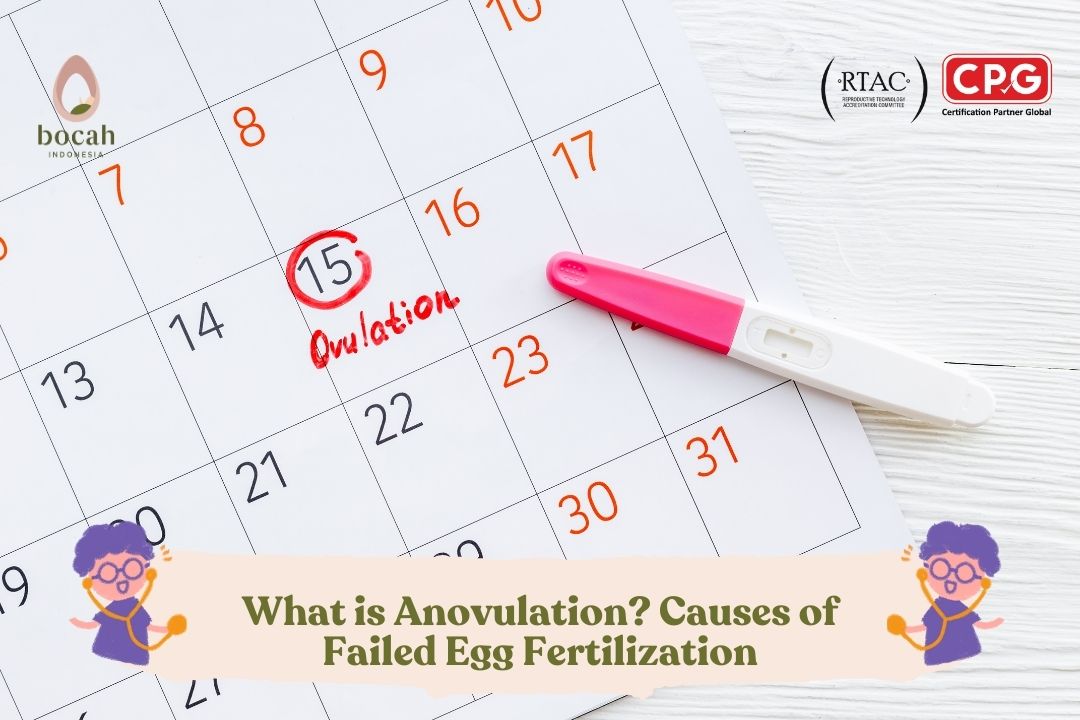What is Celiac Disease: Symptoms, Causes, and Treatments
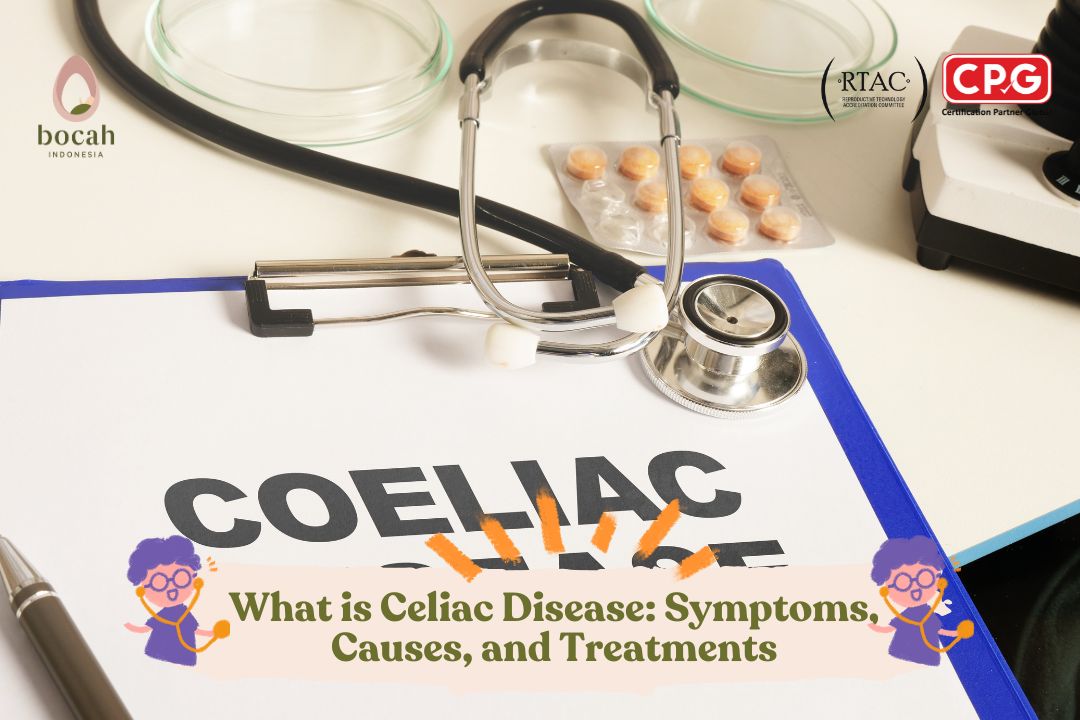
Celiac disease is a serious autoimmune disorder triggered by the consumption of gluten, a protein found in wheat, barley, rye, and certain types of oats. This condition causes an immune reaction that attacks the small intestine, damaging the villi—small finger-like projections—that absorb nutrients. As a result, malabsorption occurs, leading to various severe health problems.
What is Celiac Disease?
Celiac disease affects approximately 1 in 100 people worldwide. Unfortunately, only about 30% of cases are properly diagnosed. This disease can develop at any age after an individual starts consuming gluten-containing foods.
If left untreated, celiac disease can lead to severe complications, such as malnutrition, osteoporosis, and even small intestine cancer.
What Causes Celiac Disease?
When individuals with celiac disease consume gluten, their body triggers an immune response that attacks the small intestine. This attack damages the villi on the intestinal walls, impairing their ability to absorb essential nutrients. This condition is known as malabsorption.
Celiac disease is a hereditary genetic disorder. People with first-degree relatives (parents, children, or siblings) who have the disease have a 1 in 10 chance of developing it.
Tanya Mincah tentang Promil?
The prevalence of celiac disease is also higher among individuals with other autoimmune disorders, such as dermatitis herpetiformis, type 1 diabetes, autoimmune thyroid diseases (Hashimoto’s thyroiditis, Graves’ disease), microscopic colitis, and Addison’s disease. Additionally, it is more common in those with genetic syndromes like Down syndrome, Williams syndrome, or Turner syndrome.
What are the Symptoms of Celiac Disease?
The symptoms of celiac disease vary widely and may differ between children and adults. Children with celiac disease are more likely to experience gastrointestinal issues compared to adults.
Symptoms in Adults:
- Digestive issues: nausea, vomiting, diarrhea, constipation, bloating.
- Anemia caused by iron deficiency.
- Loss of bone density (osteoporosis or osteomalacia).
- Dermatitis herpetiformis: itchy, blistering skin rash.
- Neurological problems: headaches, numbness, tingling, or balance issues.
(Source: Posner EB, Haseeb M., StatPearls Publishing, 2023)
Symptoms in Children:
- Chronic diarrhea.
- Failure to thrive in infants.
- Anemia.
- Short stature and delayed puberty.
- Neurological issues such as ADHD, seizures, or learning difficulties.
What are the Complications of Celiac Disease?
Individuals with celiac disease are twice as likely to develop coronary heart disease and four times more likely to develop small intestine cancer. Additionally, untreated celiac disease can result in:
- Malnutrition: Deficiency in iron, vitamin D, and calcium. This can lead to anemia and weight loss. In children, malnutrition may cause growth failure and short stature.
- Fragile bones: Osteoporosis or osteomalacia. In children, calcium and vitamin D malabsorption may cause rickets. In adults, it results in bone density loss.
- Infertility and miscarriage: Celiac disease affects fertility in both men and women, interfering with reproductive health due to malabsorption of calcium and vitamin D.
- Lactose intolerance: Damage to the small intestine causes abdominal pain and diarrhea after consuming dairy products. This condition is reversible once the intestine heals.
- Cancer risk: Individuals who do not follow a strict gluten-free diet are at higher risk for certain cancers, including intestinal lymphoma and small intestine cancer.
How is Celiac Disease Diagnosed?
Many people with celiac disease are unaware they have it. The following tests can help confirm a diagnosis:
- Serology tests: These detect elevated levels of IgA tissue transglutaminase (tTG) antibodies. Approximately 95% of untreated celiac patients have increased IgA tTG levels. Other antibodies, such as IgA or IgG deamidated gliadin peptides, may also be abnormally high. It is essential to continue eating gluten-containing foods before undergoing this test, as eliminating gluten may normalize antibody levels, delaying diagnosis.
- Genetic testing: Identifies the presence of HLA-DQ2 and HLA-DQ8 genes. While these genes are present in most people with celiac disease, their presence alone does not confirm the disease. HLA-DQ2 is found in over 90% of celiac patients, while HLA-DQ8 is found in about 5%.
If these tests suggest celiac disease, doctors may recommend:
- Endoscopy: A procedure using a long tube with a small camera inserted through the mouth to examine the small intestine and collect tissue samples (biopsies) for analysis.
- Capsule endoscopy: A small, wireless camera encased in a pill captures images of the entire small intestine. This test is useful for evaluating the entire intestine or hard-to-reach areas.
How to Treat Celiac Disease
The only treatment for celiac disease is a strict gluten-free diet. Below are foods to avoid and foods allowed:
Foods to Avoid:
- Wheat, barley, rye, and certain types of oats (unless labeled gluten-free).
- Bread, pasta, cakes, muffins, and other baked goods.
- Sauces such as soy sauce, teriyaki sauce, and marinades.
- Alcoholic beverages like beer.
Foods Allowed:
- Eggs, fresh meat, fish, and poultry without breading or seasoning.
- Fresh fruits and vegetables.
- Gluten-free grains such as amaranth, quinoa, corn, and rice.
Diet Tips for Managing Celiac Disease
Patients must adhere strictly to a gluten-free diet, as even small amounts of gluten can be harmful. This diet should be supervised by a doctor or dietitian.
Symptoms typically improve within weeks of starting a gluten-free diet. Children often recover faster than adults.
Additional recommendations include:
- Vitamin supplementation if deficiencies are detected, such as copper, folic acid, iron, vitamin B12, vitamin D, vitamin K, and zinc.
- Steroid medications for severe intestinal inflammation.
- Dapsone medication for skin rashes, with regular blood tests to monitor side effects.
- Regular monitoring of blood panels, iron reserves, folic acid, ferritin levels, vitamin D, and bone density.
Can You Conceive After Treating Celiac Disease?
There is evidence that fertility in both men and women improves when celiac disease is managed with a gluten-free diet. Controlled celiac disease significantly increases the chances of successful conception and pregnancy.
Importance of Consulting a Doctor
Patients with celiac disease should consult a doctor or dietitian to ensure proper adherence to a gluten-free diet. Vitamin and mineral supplementation may be necessary to address nutritional deficiencies.
Conclusion
Although there is no cure for celiac disease, maintaining a strict gluten-free diet can help control symptoms and prevent complications. With proper management, individuals with celiac disease can lead healthy, productive lives.
Source:
- Kelly CP, Dennis M. Patient education: celiac disease in adults (beyond the basics). In: UpToDate, Post TW (Ed), UpToDate, Waltham, MA. (Accessed on August 15, 2024.)
- Mayo Clinic. (12 September 2023). Celiac disease. URL: https://www.mayoclinic.org/diseases-conditions/celiac-disease/symptoms-causes/syc-20352220
- Stahl M, Liu E. Patient education: celiac disease in children (beyond the basics). In: UpToDate, Post TW (Ed), UpToDate, Waltham, MA. (Accessed on August 15, 2024.)
- Posner EB, Haseeb M. Celiac Disease. [Updated 2023 Aug 8]. In: StatPearls [Internet]. Treasure Island (FL): StatPearls Publishing; 2024 Jan-. Available from: https://www.ncbi.nlm.nih.gov/books/NBK441900/


